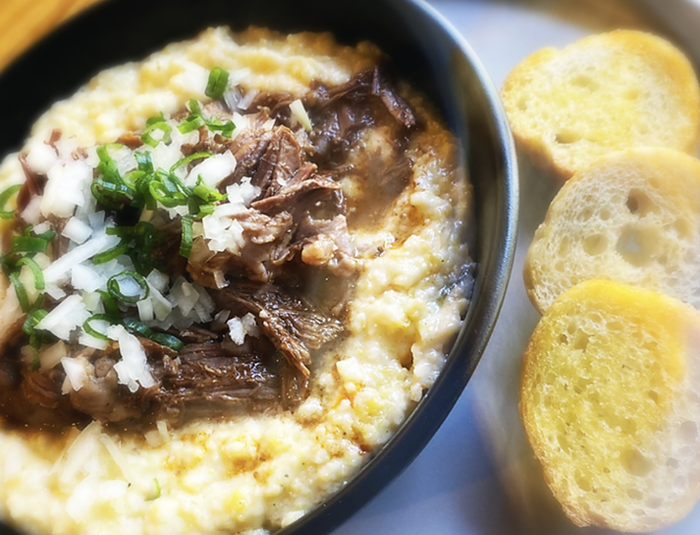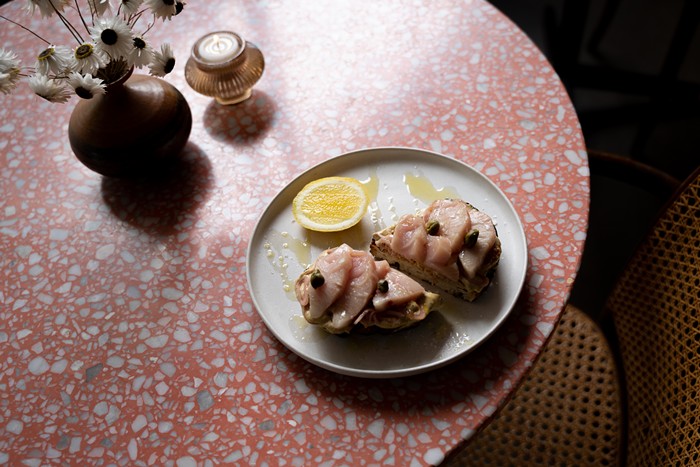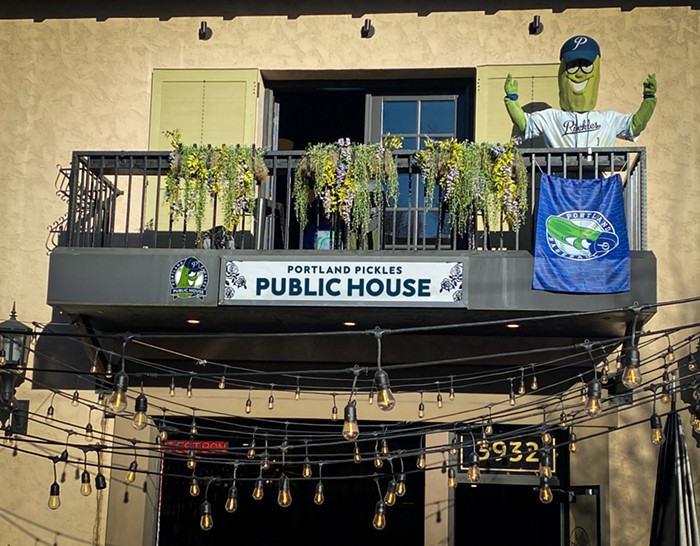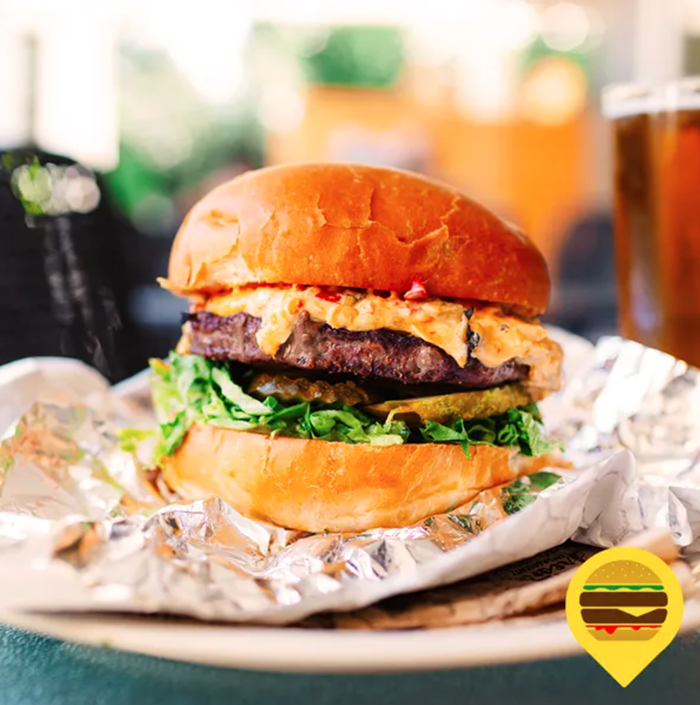Last fall, I went apple picking at Morning Shade Farm in Canby and picked hundreds of apples. Some of them had bruises and worm-holes and dirt, and some were so perfect I could picture them sitting on a cartoon teacher’s desk. A few days later, I took a couple sativa hits, blasted a Spotify playlist, and spent a perfect solitary afternoon slicing, dicing, boiling, and making a wonderful mess out of my kitchen.
At the end of the day, I had jugs and jugs of nonalcoholic cider—but I didn’t want to stop there. So I filled a couple of old growlers with the cider, added some wine yeast I found in my garage, and covered the growlers with pieces of foil that I’d poked a few holes in. A couple of weeks later, I poured the growlers’ contents—now a funky, yeasty brew that smelled somewhere between fresh baked bread and rotten apples—into some old Corona bottles. I tucked the bottles away in a corner of my closet and forgot about them until Christmastime, when I threw them in my suitcase before traveling to visit family.
One of the bottles exploded in my suitcase, covering several of the presents I’d packed with a sticky, pulpy goo. Of the cider that survived the trip—well, I suppose the most generous taste descriptor I could use for it would be complex. If I’m being less generous, I’ll say it tasted like an infected canker sore exploded in your mouth at the same time you happened to be eating an apple. What I’m trying to say is: It tasted awful.
I can’t say I was especially surprised. It wasn’t my first homebrewing rodeo, and while I’ve never mastered the intricacies of making your own beer, cider, or wine, I knew enough to know that I broke all the rules in this case: I didn’t sanitize any of the equipment I used, leaving the cider at risk of catching a nasty bacterial infection. I added wine yeast when I should have used cider yeast. I placed a janky foil cover on the fermenting brew, instead of a simple protective device called an airlock. I didn’t bother to take any measurements before transferring the cider from the primary fermentation vessel (the growlers, in this case) to the bottles, and I skipped a secondary fermentation vessel altogether. I completely neglected to use a hydrometer to determine the cider’s alcoholic content—though, if I’m being honest, my C-minus-in-Algebra ass wouldn’t have known how to calculate the alcohol content even if I had tried.
But, oh my god, making my borderline-undrinkable cider was so much more fun than any of the times I’d tried brewing beer or cider the “right” way. The time I would’ve spent scrubbing each individual bottle cap with sanitizer or struggling to decipher a jargon-heavy homebrew recipe I’d found online was instead spent sprawled on my couch, letting the thick, warm scent of apples transport me back to that chilly, sunny October day spent picking fruit with people I love.
There are people in Portland who take homebrewing very seriously, and that’s great. For a little while a few years back, I even thought I might be one of them. But after suffering through a few batches of my own mediocre-at-best beer, I realized I was over it. I didn’t have the patience to develop the technical skills I thought were necessary to be a homebrewer, and I certainly didn’t have the patience to be gawked at and talked down to by another generic white man upon entering a homebrew shop (as if women couldn’t possibly be interested in beer, The Man’s Beverage).
For a couple of years, I let my homebrew kit collect cobwebs.
Then I picked apples in Canby, and suddenly I felt like every food blogger whose ramblings you scroll past to get to the recipe: I felt inspired by the natural bounty that surrounded me! I wanted to just have fun in the kitchen! I was done with rules!
I didn’t give a shit about following The Complete Joy of Homebrewing to a tee. I just wanted shred up and boil some fruit, add some live bacteria to it, and see what would happen in two months. It made me feel alive, connected to a tradition that started long before me and, fingers crossed, will long outlast me.
And when I learned to stop worrying and finally love my subpar homebrewing skills, a whole new world of hobbies suddenly opened up to me: I didn’t have to worry about getting the exposure right on my vintage Polaroid OneStep in order to have fun taking pictures. A poem doesn’t have to be worthy of publishing—it can just be worthy of writing. My height-fearing, fatally inflexible body might never make it to the top of the mountain, but I can still go hiking and enjoy the view from halfway up.
But anyway, enough of my ramblings—you’ve scrolled to the end, and you want the recipe. So here are a few homebrewing (or home-cider-making) tips from yours truly, an awfully enthusiastic and enthusiastically awful homebrewer:
• Buy your supplies at Portland U-Brew in Sellwood, especially if you’re a non-white/non-dude—they’ll make you feel welcome the way other not-to-be-named shops in town won’t. Plus, they’ve got a mill, so you can process your own grain, and that shit’s fun.
• Know that your finished product is probably going to suck for a while (maybe forever)—but channeling your inner neat freak and sanitizing liberally will help your chances of having something drinkable.
• Books and online forums can be helpful for figuring out how to get started, but they can also drive you a little crazy with their smugness and heavy use of jargon. Fortunately, the delightfully simple Make Some Beer by Erica Shea and Stephen Valand eschews technicality in favor of clarity, and my most successful homebrew—a mellow farmhouse ale—came from its pages.
• Oh, and just one more tip: Have fun! (And be yourself!) At the end of the day, you are using rotting ingredients and microscopic bugs to create alcohol. It doesn’t have to be that serious.




















